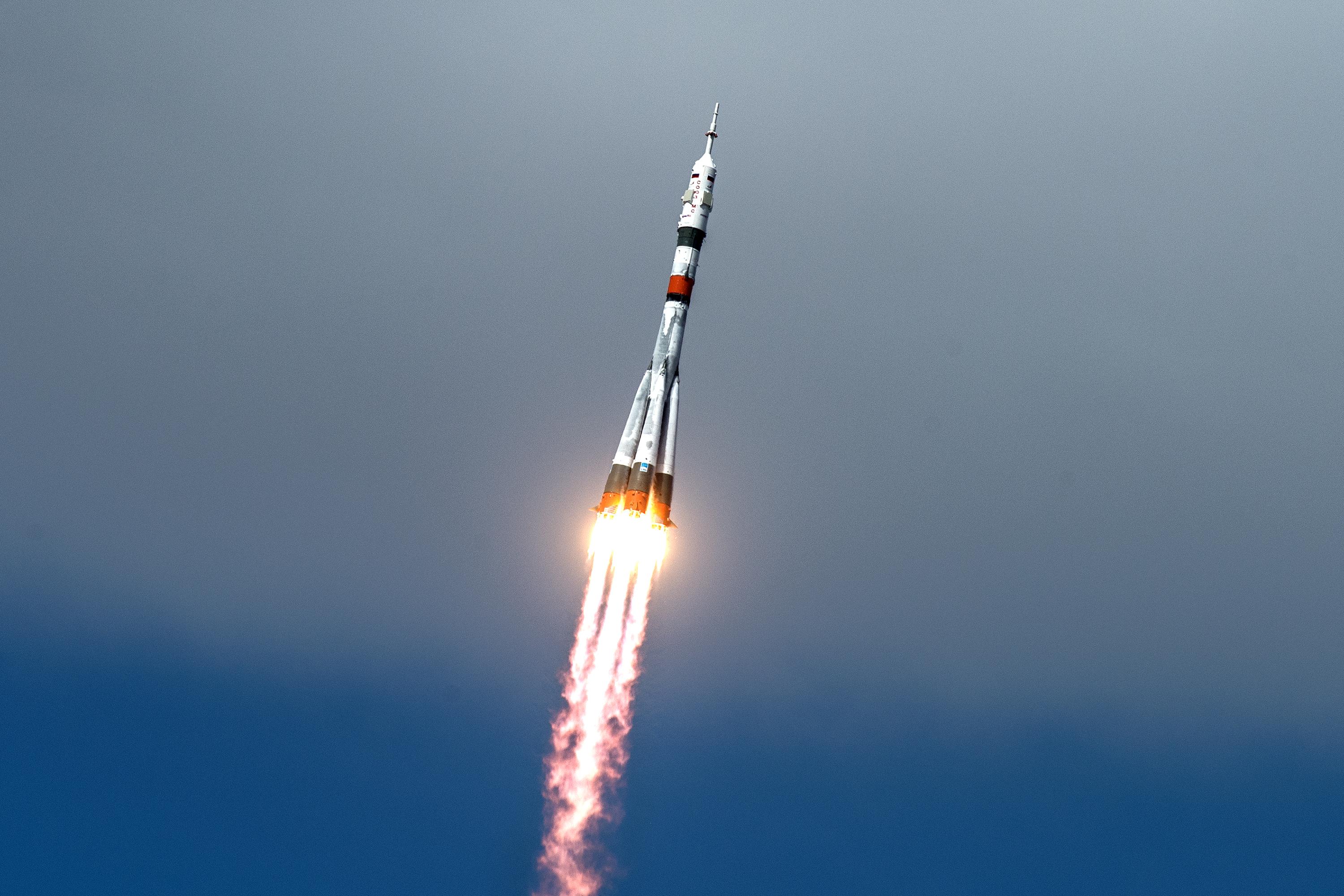
CAPE CANAVERAL—Encouraged by progress in the Commercial Crew program, NASA should expand planning for long-term staffing of the International Space Station (ISS) to provide options, NASA’s safety oversight panel said April 23.
“The ISS program continues to take care of business, managing risk while juggling the still-difficult business of maintaining human presence in space with the new complication of the COVID-19 virus on the ground,” Aerospace Safety Advisory Panel (ASAP) member Paul Hill, a former NASA flight director, said during a teleconference meeting.
The station is currently half-staffed with a three-member crew led by NASA astronaut Chris Cassidy. Staffing will remain short until one or both of NASA’s Commercial Crew transportation service companies, SpaceX and Boeing, begin operational crew-rotation missions.
SpaceX is preparing for a May 27 launch of its final Commercial Crew flight test. NASA astronauts Robert Behnken and Douglas Hurley will fly aboard a Crew Dragon capsule for a trial run to the ISS.
SpaceX’s Crew-1 rotation mission is expected to follow later this year.
Boeing is preparing to repeat an uncrewed flight test of its CST-100 Starliner in October prior to launching a crewed flight test, most likely in 2021.
Uncertainties about when the ISS can return to full staffing presents short-term operational issues for scheduling maintenance and research, as well as long-term logistics challenges to ensure that future crews, whenever they arrive, will have the supplies they need on orbit, Hill said.
Several U.S. spacewalks already have been postponed due to lack of astronauts, either from the U.S. or its international partners Europe, Japan or Canada.
Cassidy’s Russian crewmates have received contingency training for U.S. spacewalks and robotic arm operations, a practice the ASAP suggests be continued for future crews.
“Normally scheduled U.S. EMU EVAs (extravehicular mobility unit extravehicular activity), like the series of electrical-system battery replacements, have now all been put on hold until there are more crewmembers onboard with the level of training that NASA prepares for less time-critical needs,” Hill said.
Cassidy’s April 9 launch to the station aboard the Russian Soyuz MS-16 mission was NASA’s last paid ride on a Soyuz. The agency is negotiating for a seat on Russia’s next crewed mission, MS-17, scheduled for launch in October, Hill said.
The ASAP in 2018 began formally urging NASA to broaden its plan for ISS sustainability in light of potential ongoing staffing cutbacks. The goal is to “ensure that the critical crew skill sets are on board at all times,” Hill noted.
That could manifest, for example, by having a U.S. crewmember aboard every Soyuz flight and a Russian cosmonaut fly on every U.S. Commercial Crew mission, Hill said.
Another option would be to deepen the training of U.S. astronauts on Russian ISS systems and spacesuits, and vice versa.
“In any case, the panel advises NASA to resolve this recurring risk as part of the normal practice, not on an increment-by-increment basis,” Hill said.





